Our office utilizes the latest and safest dental implant treatment technology which includes the our in-office CBCT imaging, digital intra-oral scanning, and biocompatible 3D printing. By using this technology, dental implants can be planned digitally and surgically placed according to the plan by using a biocompatible 3D printed surgical guide. This technology is used to replace a single tooth, multiple teeth, or to replace the entire dental arch. Every step of the planning and procedure is done by Dr. Tatarin inhouse.
Step 1: Patient CBCT image is captured in our office
The CBCT image is critical to safe and effective dental implant procedures because it allows Dr. Tatarin to visualize the patient’s exact 3-dimensional anatomy. The CBCT provides Dr. Tatarin important information such as bone density, bone height/width, and important anatomical landmarks.
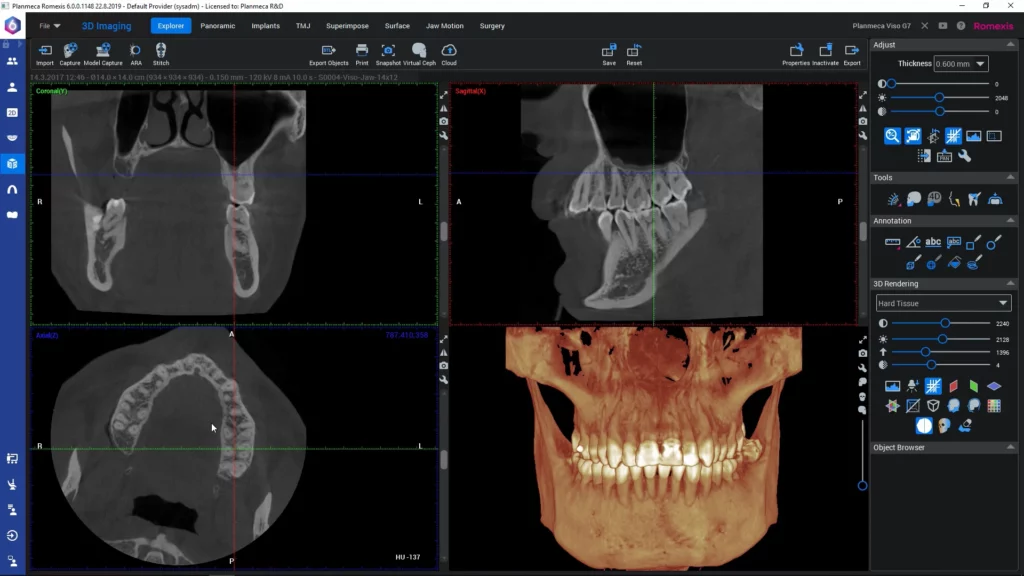
Step 2: A Digital Intra-Oral scan is taken
Our offices uses an intra-oral digital scanner to create a 3D model of the patient’s dentition and gingiva. This technology is used instead of contemporary dental impressions.
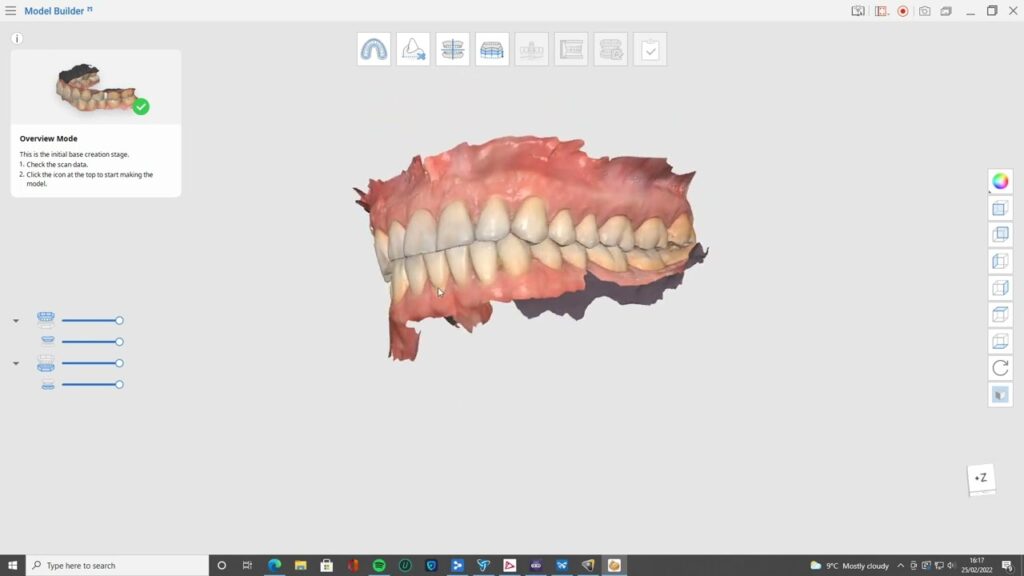
Step 3: Digital implant treatment planning
The patient’s CBCT and intra-oral scan is loaded in to our digital implant planning software. Then the implant is digitally placed and positioned in to its ideal position within the jaws. The 3D printed surgical guide is then designed within this software.
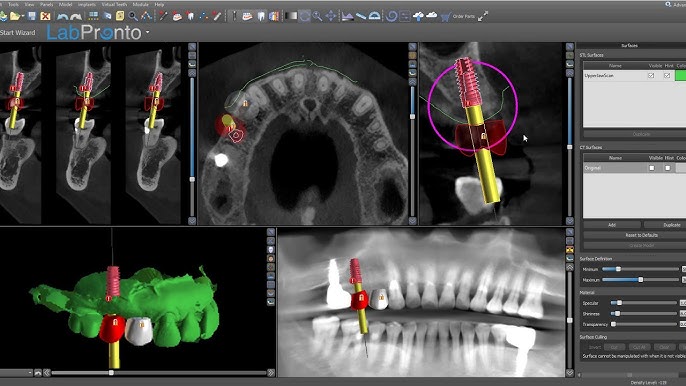
Step 4: Dental implant surgical guide fabrication
After the case has been digitally planned in our software, a surgical guide is fabricated on one of our 3D printers using a biocompatible resin. The surgical guide fits over the patient’s remaining teeth and assists Dr. Tatarin with the precise depth and angulation of the implant placement. Placing dental implants using a surgical guide is substantially faster and safer for the patient because it enables the implant to be placed exactly where it was digitally planned which removes all the guesswork of conventional “free-hand” surgical dental implant placement.
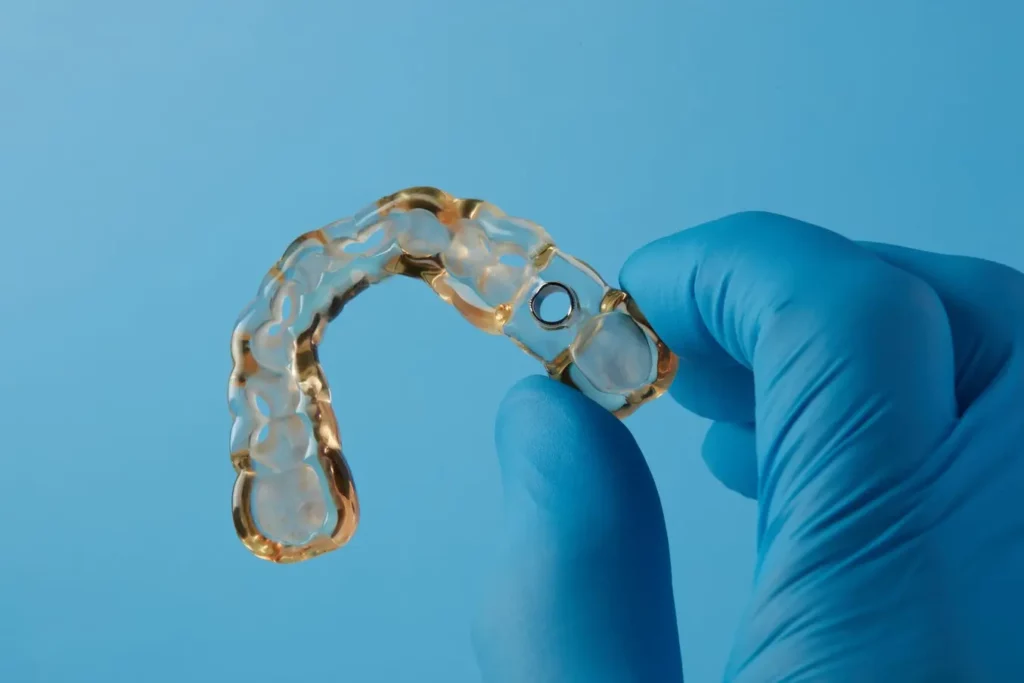
Step 5: Surgical implant placement
Under local anesthesia, the patient wears the surgical guide during the procedure. A series of sequentially sized surgical drills access the bone underneath the patient’s gums. The guide limits the depth of the surgical drills and makes sure the implant is placed at the correct angulation and safe distance from other teeth and anatomical landmarks.
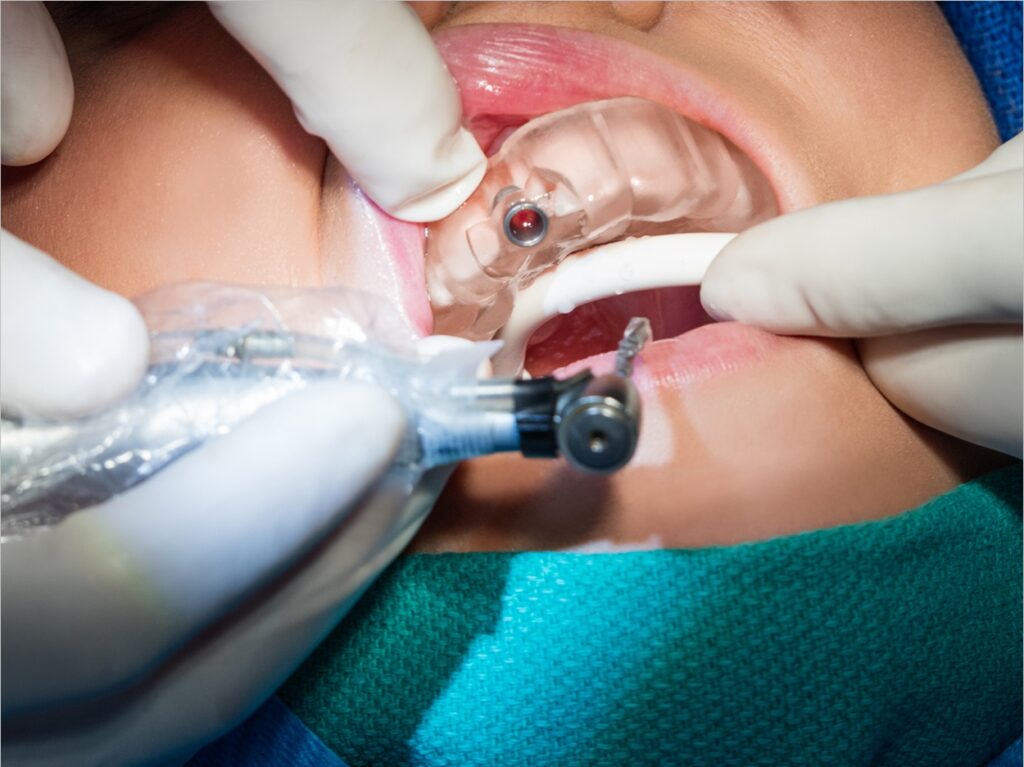
Step 6: Final dental implant prosthesis is delivered to the patient
Approximately 4 months after the dental implant is surgically placed, the prosthetic tooth is delivered to the patient. The precise positioning of dental implants using the latest technology ensures the highest long-term success and cosmetics of our dental implant treatments.
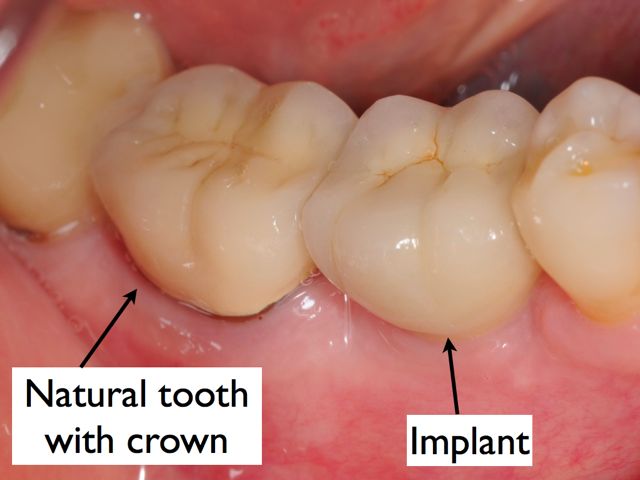
Frequently Asked Questions:
From start to finish, roughly how many total appointments is a complete single tooth implant replacement?
The first appointment is a diagnostic appointment where we review the patient’s medical history and we take both the CBCT and intra-oral scan. During the second appointment, we surgically place the dental implant. The dental implant is than allowed to heal or “integrate” for approximately 4 months. We take the impression for the permanent tooth during the third appointment and this data is submitted to one of our trusted dental labs. The final implant prosthesis is delivered on the fourth appointment.
What Brand Of Dental Implants Does Dr. Tatarin Use?
Dr. Tatarin Uses Neodent brand of dental implants. Neodent is a premium manufacturer and our office has been very successful with their use.
